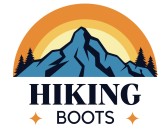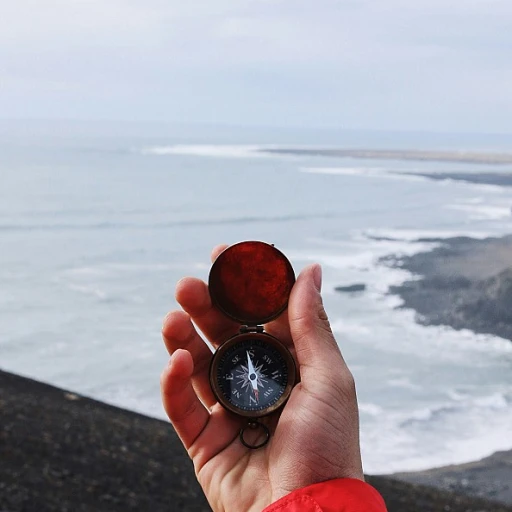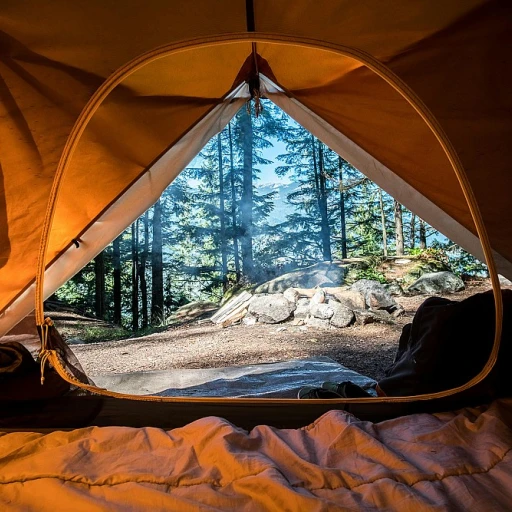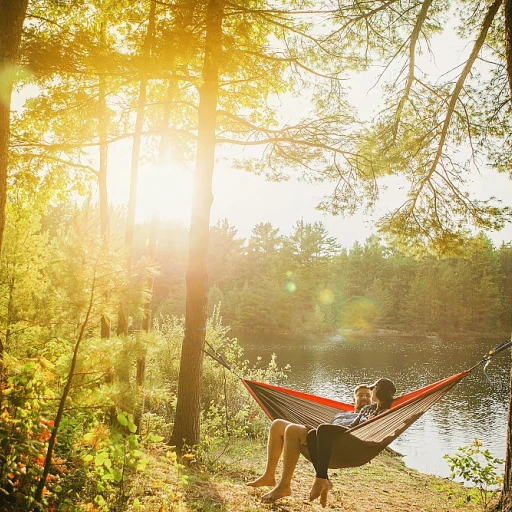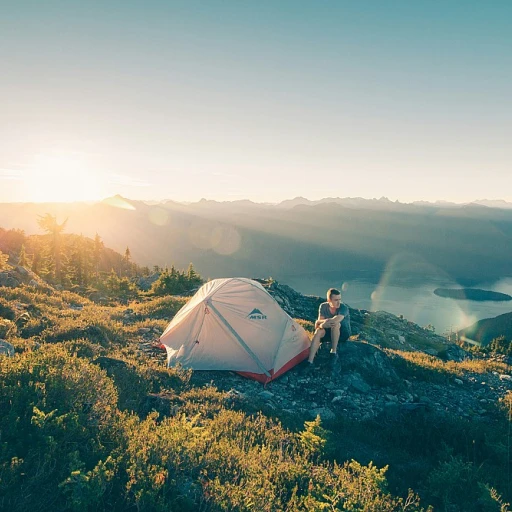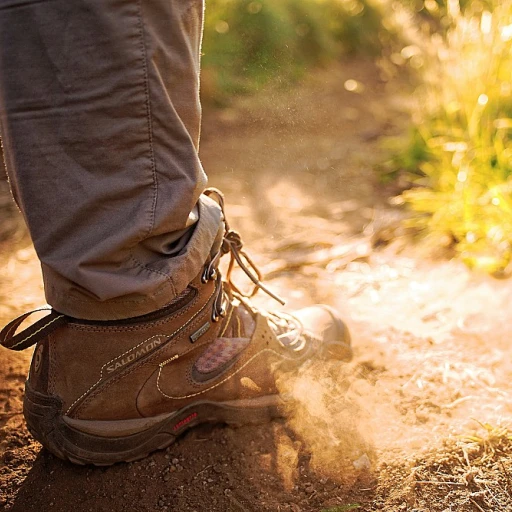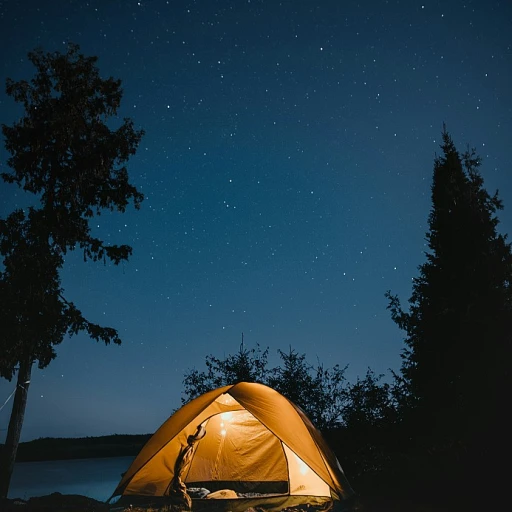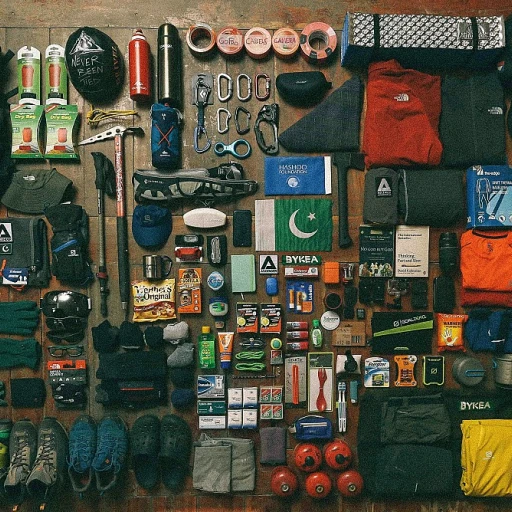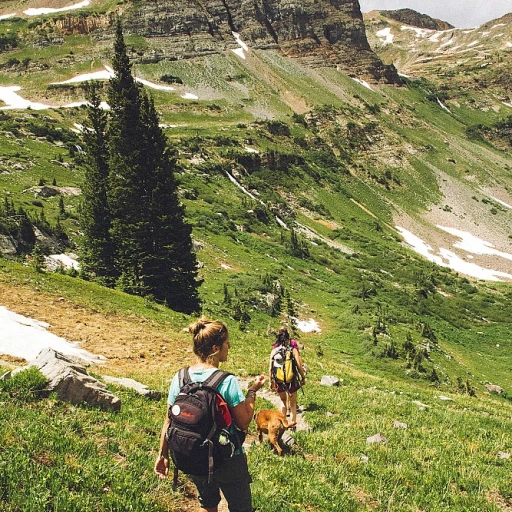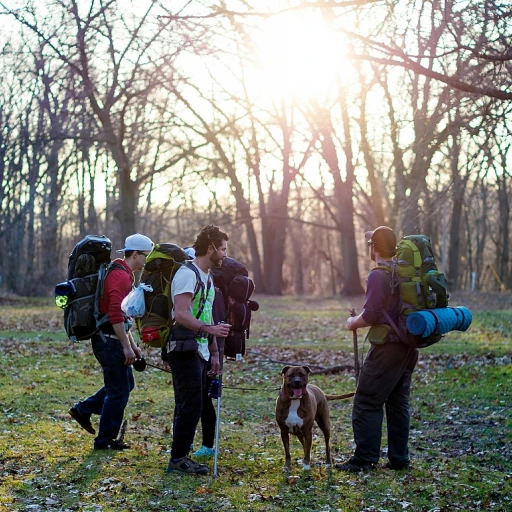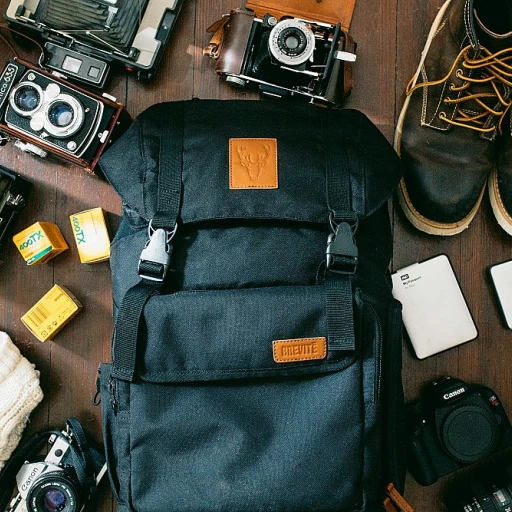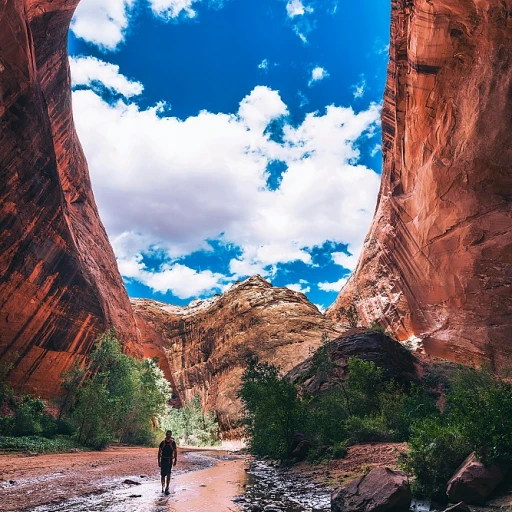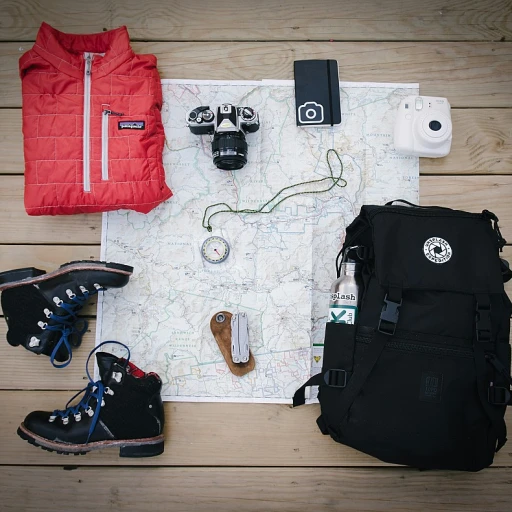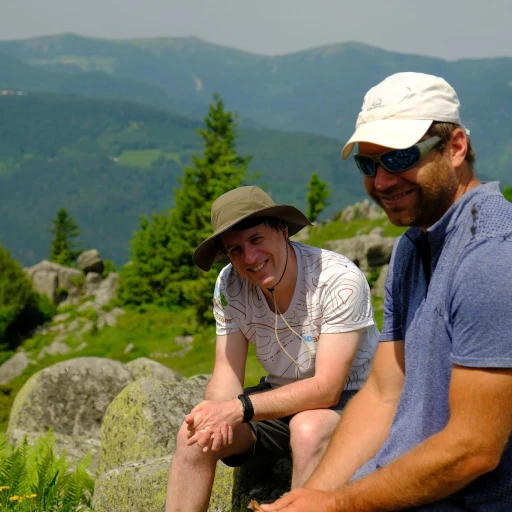
Understanding the Terrain: Spanish Landscapes
Discovering the Diverse Terrain of Spain
Spain offers a rich tapestry of landscapes that are a dream for hiking enthusiasts. From the rugged peaks of the Pyrenees to the sun-drenched paths of Andalusia, each region presents its own unique challenges and rewards. Understanding these terrains is crucial for anyone looking to embark on a hiking adventure in this Spanish-speaking country.
Variety of Landscapes
Spain's diverse geography means that hikers can experience a wide range of environments. The northern regions, like Galicia, offer lush, green trails that are perfect for those who enjoy a cooler climate. In contrast, the southern parts, such as the Sierra Nevada, provide arid, mountainous paths that require a different set of skills and equipment. Whether you're planning a caminata through the Basque Country or a trek across the Canary Islands, knowing the terrain will help you choose the right hiking boots and gear.
Language and Navigation
While exploring these trails, understanding some basic Spanish vocabulary can be incredibly helpful. Terms like senderismo (hiking) and una caminata (a hike) are commonly used. For English speakers, learning these words can enhance your experience and help in navigating local maps and signs. Consider carrying a Spanish-English dictionary or using a translation app to assist with any language barriers you might encounter.
Preparing for the Trails
Preparation is key when tackling the varied hiking trails of Spain. The right hiking boots are essential, as they provide the necessary support and protection for your feet. In upcoming sections, we'll delve into the anatomy of a hiking boot and how to choose the right pair for your Spanish adventure. Additionally, we'll explore common challenges faced by hikers in Spain and offer tips on caring for your boots to ensure they last through many hikes.
The Anatomy of a Hiking Boot
The Structure and Composition of Essential Footwear
Selecting the ideal hiking boots requires understanding the components that work together to offer support and protection. Hiking boots are specially designed to tackle the dynamic terrains, such as those found in Spanish landscapes. From arid paths to treacherous rocky climbs, Spanish trails vary greatly and the anatomy of your boots will directly influence your hiking experience.
Key Elements of a Hiking Boot
- Upper Material: The upper part of hiking boots is crucial for durability and breathability, often constructed from leather or synthetic materials. While leather offers robustness and insulation, synthetic materials provide lighter weight and quicker drying – ideal for varied climates of Spanish trails.
- Midsole: Serving as the shock absorber, the midsole composition dictates the comfort level. EVA (Ethylene Vinyl Acetate) is commonly preferred for its cushioning abilities during long treks like those found in senderismo (hiking) in Spain.
- Outsole: The outsole, crafted from rubber, provides essential grip. The lug pattern varies in aggression depending on trail types, assisting on diverse paths, from soft snow to slippery rocks.
- Waterproofing: Many hiking trails in Spain will present unexpected weather shifts; thus, waterproof membranes like Gore-Tex can be pivotal in maintaining dry comfort.
A boot’s anatomy directly contributes to the challenges faced by hikers, particularly for those engaged in hacer senderismo (hiking) in Spain's multifaceted landscapes. Understanding these components is the first step in enhancing your hikes, reducing the impact of rugged trails, and enhancing overall experience. As trails vary wildly, adapting to the landscape begins with the right footwear to support your journey through Spain's natural beauty.
Choosing the Right Hiking Boot for Spanish Trails
Footwear Essentials for Spanish Adventures
When planning a hiking expedition across the picturesque Spanish landscapes, selecting the appropriate footwear is crucial. The right hiking boot not only ensures comfort but also provides the necessary support for the diverse terrains you'll encounter. From rugged mountains to coastal paths, Spain offers a unique blend of challenges that require a reliable boot choice. Considering the various hiking trails, here's what you should look for in a hiking boot:- Traction and Stability: Opt for boots with a solid grip. Hiking trails in Spain can vary from slippery cobblestoned paths to sandy coastal stretches. A boot with a good outsole can prevent slips and falls while providing stability on uneven terrain.
- Support and Protection: Your feet will need a boot with ample ankle support for the mountainous excursions. Additionally, a reinforced toe cap is essential to protect against rocks and debris encountered during your hike.
- Breathability and Waterproofing: While the Spanish sun is often warm, many trails might expose you to unexpected weather conditions. Waterproof yet breathable boots help maintain dry and comfortable feet, crucial for extended hikes.
- Weight and Comfort: Lightweight boots can reduce fatigue during longer treks. However, they should not compromise on durability and cushioning, offering comfort over extensive hiking routes.
Caring for Your Hiking Boots
Maintaining Your Hiking Companion: A Guide to Boot Care
Taking good care of your hiking boots is essential, especially before and after conquering the diverse Spanish trails. Proper maintenance ensures durability and performance, allowing you to comfortably explore without unexpected setbacks. Here are some tips to keep your hiking boots in top shape:- Clean them after every hike: Dirt and mud left on boots can deteriorate the materials, reducing their lifespan. Use a brush or cloth to remove debris and a gentle soap for more thorough cleaning.
- Dry them properly: After a wet trek, drying your boots thoroughly is crucial. Avoid direct heat like fireplaces, as they can damage the boot material. Instead, stuff them with newspaper to absorb moisture and let them air dry.
- Apply a waterproofing treatment: Whether you've chosen leather or synthetic boots, a water-resistant finish is a must, especially for the rainy Spanish terrains. Regular application of waterproof sprays or wax can help maintain this protective layer.
- Store them correctly: Keep your boots in a cool, dry place, away from direct sunlight. Stuffing them with newspaper can help retain their shape.
- Check for wear and tear: Regularly inspect for signs of damage like worn spikes or loose seams. Addressing these issues promptly can prevent discomfort or injury during your hikes.
Common Challenges Faced by Hikers in Spain
Overcoming the Challenges of Diverse Spanish Terrain
Exploring the breathtaking landscapes of Spain can be a rewarding experience for any outdoor enthusiast. However, hiking through these trails presents unique challenges that require careful preparation and awareness.- Varied Terrain: The Spanish landscapes offer a diverse range of terrains, from rocky paths to lush forests and open plains. Hikers must be prepared for sudden changes in footing and elevation, requiring sturdy hiking boots designed for such versatility.
- Language Barriers: English speakers may encounter difficulty navigating trails with signage predominantly in Spanish. Hikers can benefit from learning some basic Spanish vocabulary related to hiking, such as "senderismo" for hiking or "una caminata" for a hike. A basic bilingual dictionary or a translation app can be valuable tools.
- Climate Considerations: The climate in Spain can vary greatly depending on the region and season. The English-speaking hiker should note the differences between a hike in the cooler, wetter north versus the arid south. This knowledge aids in selecting the right gear, including appropriate clothing and footwear.
- Trail Conditions: Trail maintenance in Spain may not always meet the standards found in English-speaking countries. Hikers should remain vigilant for loose rocks and unmarked paths, especially in less frequented areas. Preparing a route ahead of time can help mitigate some of these challenges.
- Endurance and Skills: Spanish hiking trails, like those on the Camino de Santiago, can be long and require a good level of fitness. Training beforehand can make a significant difference, and having a reliable pair of hiking boots will provide the necessary support and comfort for longer distances.
Testimonials from Seasoned Hikers
Voices from the Trails: Insights from the Experienced
Peering into the minds of seasoned hikers offers invaluable insights for anyone eager to embark on the hiking trails across the Spanish landscapes. Through a myriad of experiences and shared wisdom, we can learn how vital it is to tailor your gear, especially hiking boots, to suit the diverse terrains of Spain. Here's what some experienced hikers have to say:- Hiking English to Spanish: Many hikers emphasize the importance of embracing language learning. Whether it's picking up basic Spanish vocabulary like "senderismo" (hiking) or mastering more complex trail names, bridging the language gap can enhance your experience. An understanding of the local lingo is not just practical; it also enriches your cultural connection while on Spanish soil.
- The Boot Narrative: Veteran hiking enthusiasts often underline the significance of choosing appropriate hiking boots. They recount instances where the right pair made all the difference in tackling rough trails. Understanding the anatomy of a hiking boot, as explored earlier, can lead to better decision-making for specific terrains.
- Trail Confessions: Many hikers have faced the challenges of Spain's unique landscapes firsthand. From unpredictable weather to challenging footpaths, they've learned to adapt quickly. Their message is clear: preparation is crucial. They advise being well-versed in technical hiking terms in both Spanish and English to ensure you’re ready for any situation.
- Fostering Resilience: The tales from these seasoned hikers often touch on resilience. Hiking trails in Spanish-speaking countries demand adaptability, quick learning, and an appreciation for the environments you're traversing. Their stories inspire overcoming hurdles with the right mindset and equipment, such as reliable hiking boots and a robust vocabulary in both Spanish and English.
